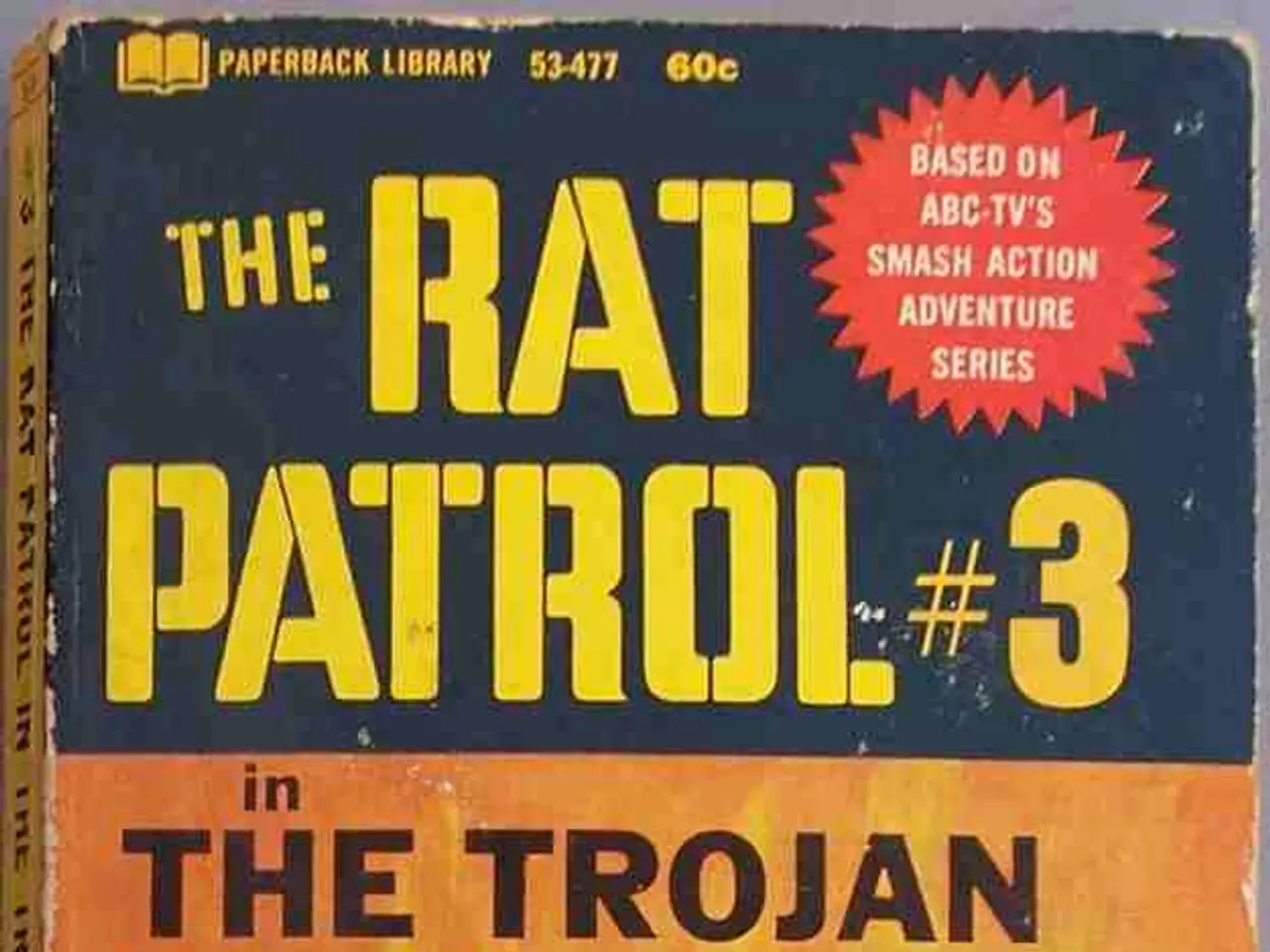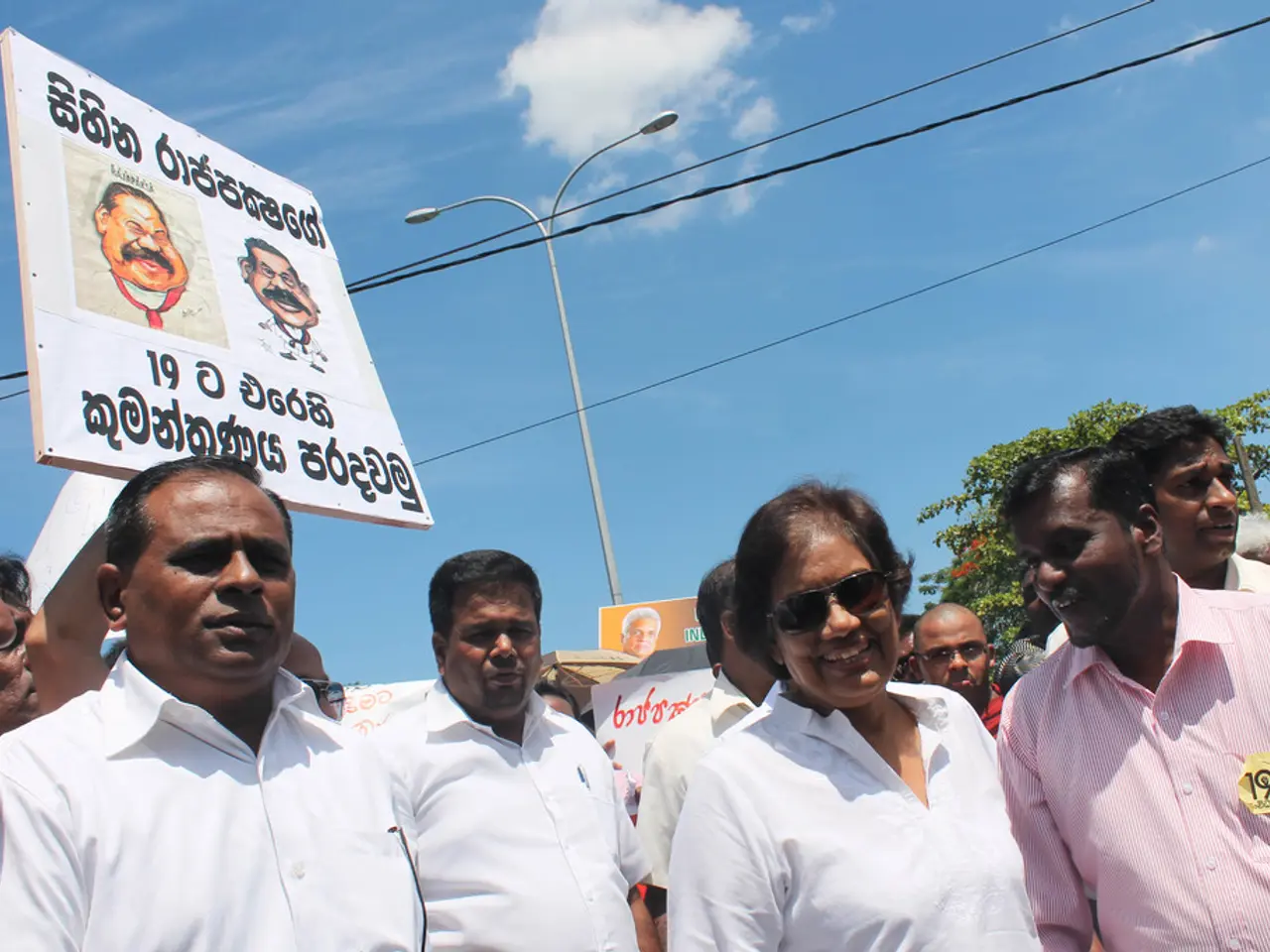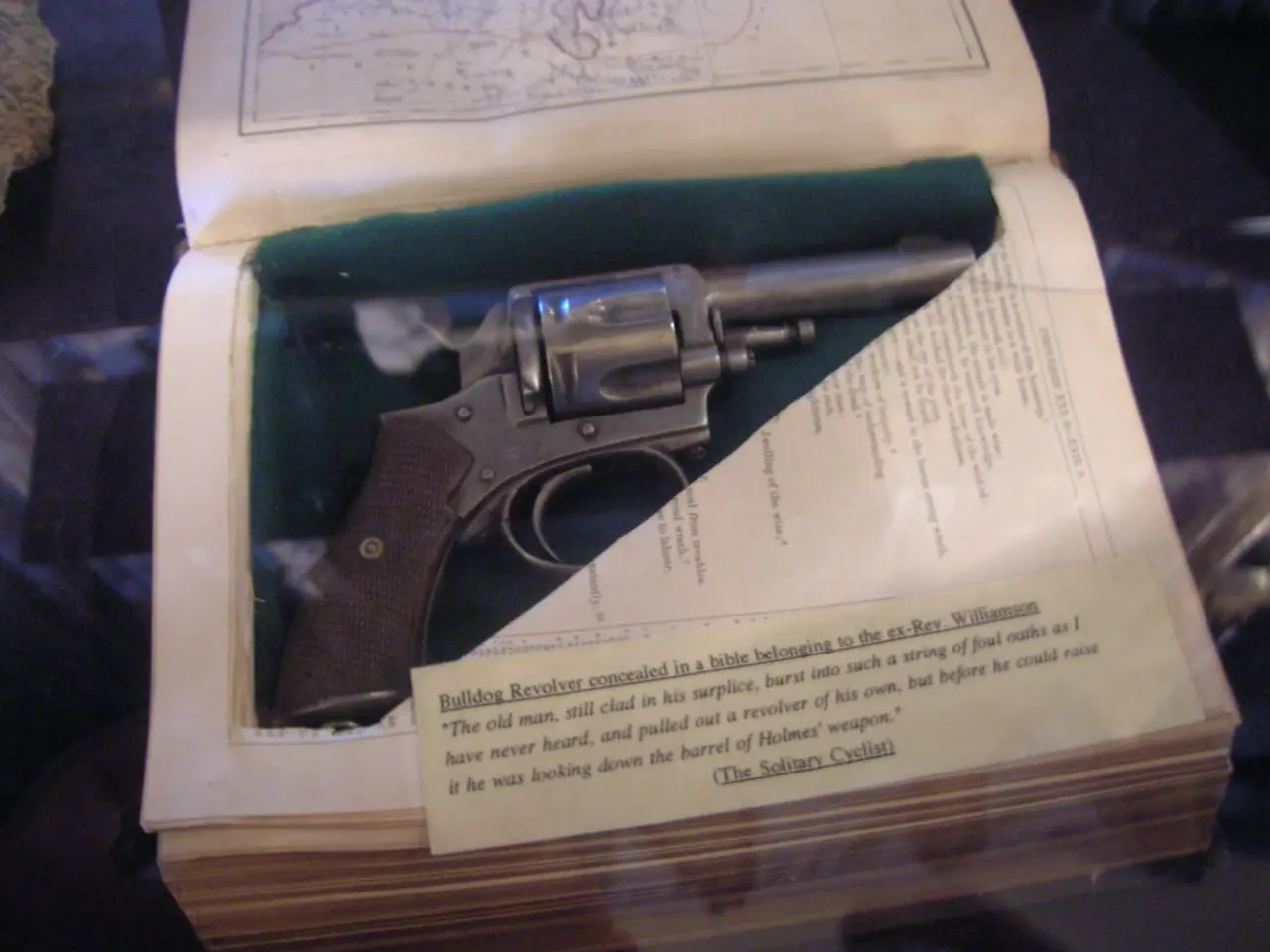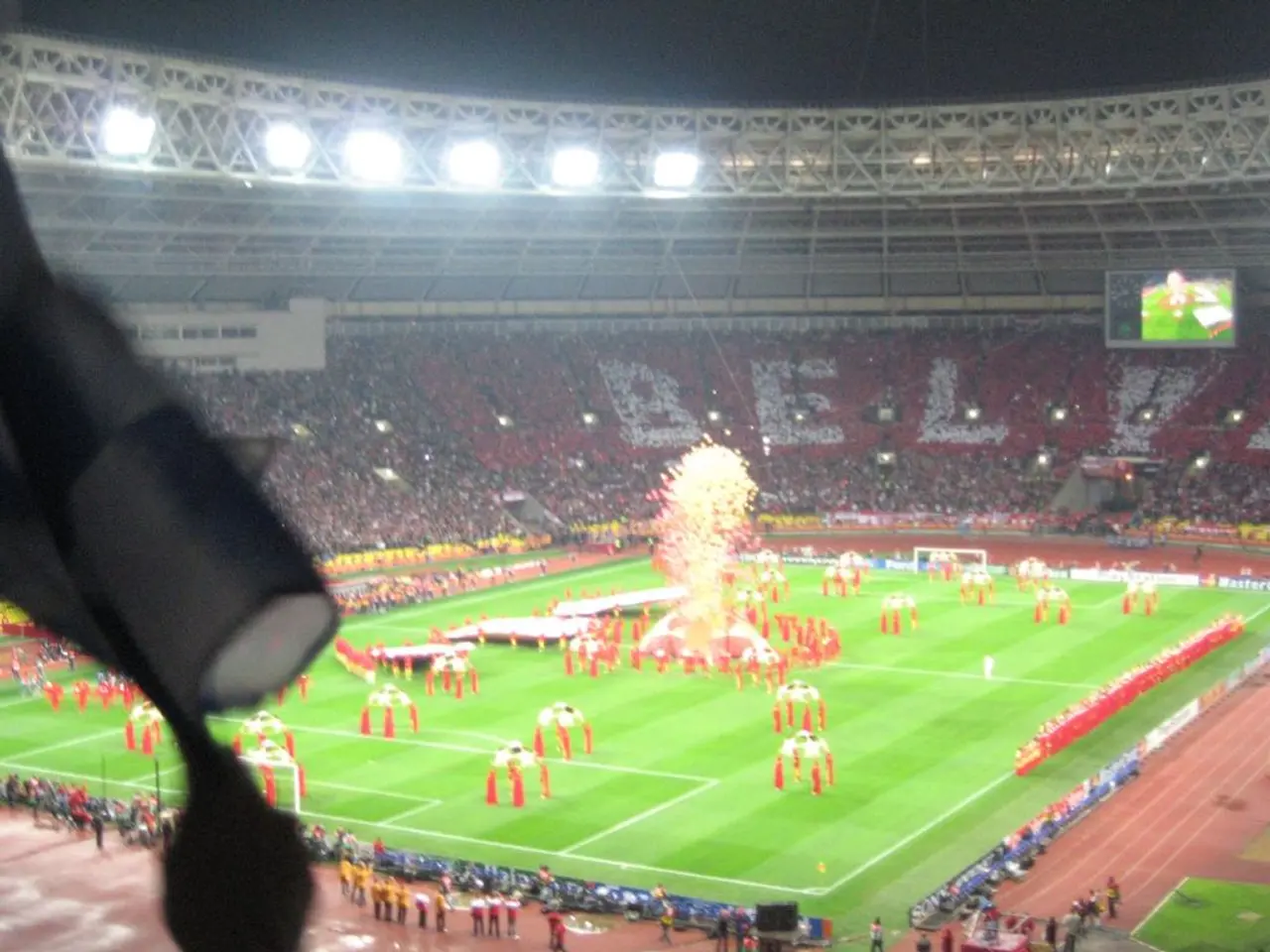Thai officials prepare to assist evacuees in their homeward journey
The ongoing ceasefire agreement between Thailand and Cambodia, signed on July 28, 2025, is maintaining a fragile peace, allowing displaced residents to begin returning home. This development signals improved security in affected areas, although tensions remain due to historical border disputes and mutual distrust.
The 13-point agreement, which enforces a ceasefire and restricts troop movements, is being monitored actively by a regional team led by Malaysia, including military attachés from ASEAN member states. The aim is to ensure compliance and prevent provocations.
In Phanom Dong Rak, conditions are generally safe, with the exception of Ta Miang and Bak Dai subdistricts, where the military remains on high alert. Despite this, many residents have already started returning on their own, signalling their confidence in the ceasefire.
However, the governor of Buri Ram has not yet authorized a full return, especially for vulnerable groups, pending confirmation from the 2nd Army Region. Jirayu Houngsub, the government spokesperson, has stated that the government has not yet issued a blanket order for people to return.
Mr. Phumtham, the Deputy Defence Minister, has instructed the 2nd Army Region to coordinate with the four provincial governors to determine when the residents can safely return home. He is also scheduled to visit Si Sa Ket on Saturday to inspect damage at key sites and meet evacuees.
Kap Choeng, once a flashpoint, is reported to be calm. In Sangkha district, conditions have fully returned to normal. Minor damage in parts of Prasat district is being repaired.
The return process is prioritizing bedridden patients and those in need of special care. Thai authorities are preparing for thousands of evacuees to return home in the coming days. To ensure safety, police and village security teams have been assigned to protect evacuees' property.
Residents have been warned not to return prematurely due to the danger of unexploded ordnance. The Ministry of Public Health is providing mental health support for Border Patrol Police officers, and at least 3,000 sets of N95 masks and basic medicines are being distributed to frontline staff and residents.
Local authorities have been authorized to decide on returns without waiting for central government approval. A cabinet committee will visit 12 shelters in Surin, Si Sa Ket, Buri Ram, and Ubon Ratchathani to assess damage for a second round of aid covering homes, farms, and livestock.
This peaceful return of evacuees reflects a significant step towards stabilizing the border and supporting civilian safety. However, lasting peace likely requires sustained dialogue, possible third-party arbitration, and concrete border demarcation. The ASEAN-led monitoring mechanism and provisions for a special General Border Committee meeting if tensions rise again provide structured steps to maintain peace and protect civilians.
The peace process, in light of the ongoing ceasefire between Thailand and Cambodia, is deeply rooted in politics and general news, as shown by the 13-point agreement, regional surveillance, and subsequent evacuee returns. Simultaneously, the stability of the region depends on the resolution of historical border disputes and mutual trust, necessitating a focus on politics and diplomatic efforts to achieve a lasting peace.







